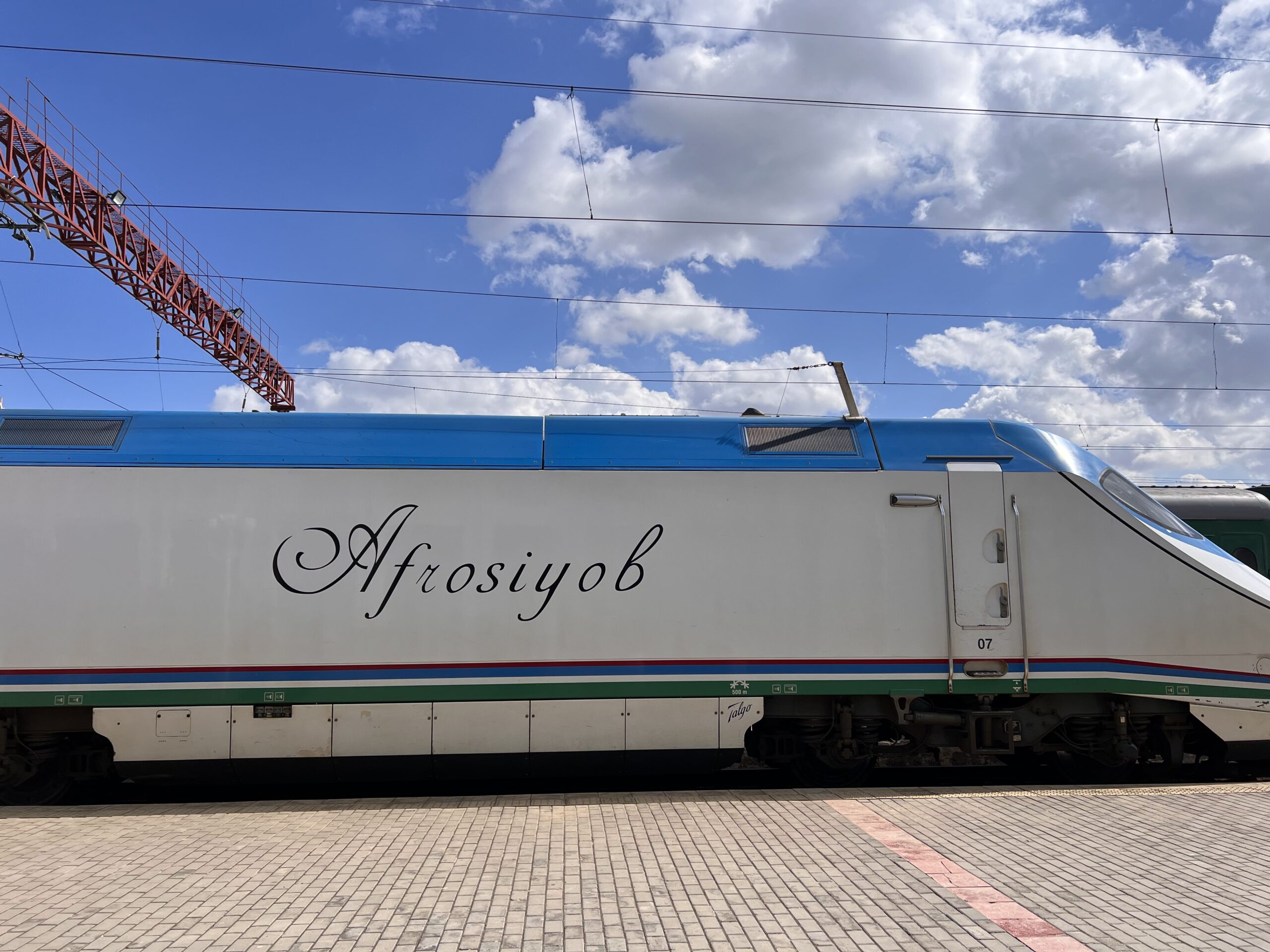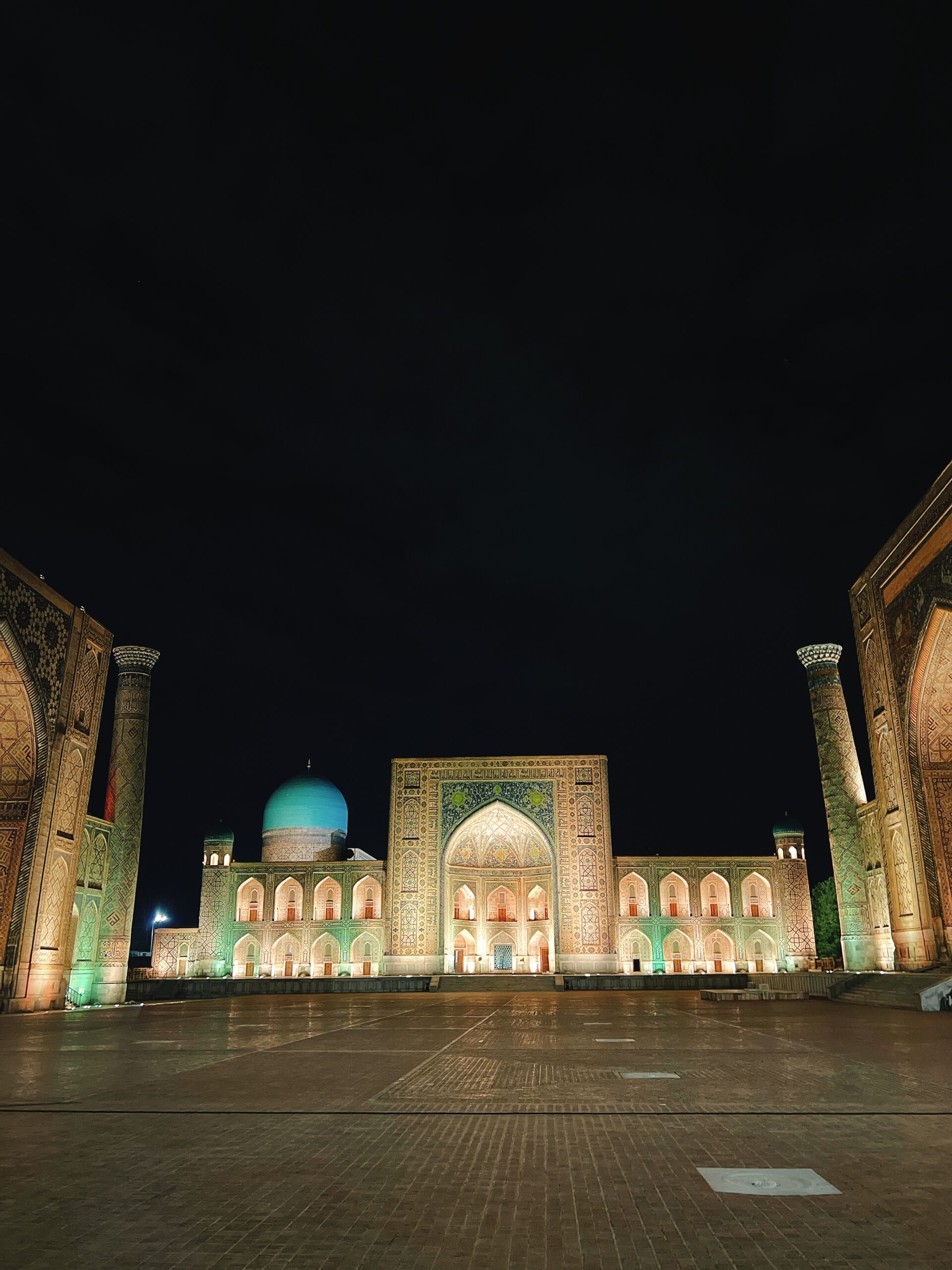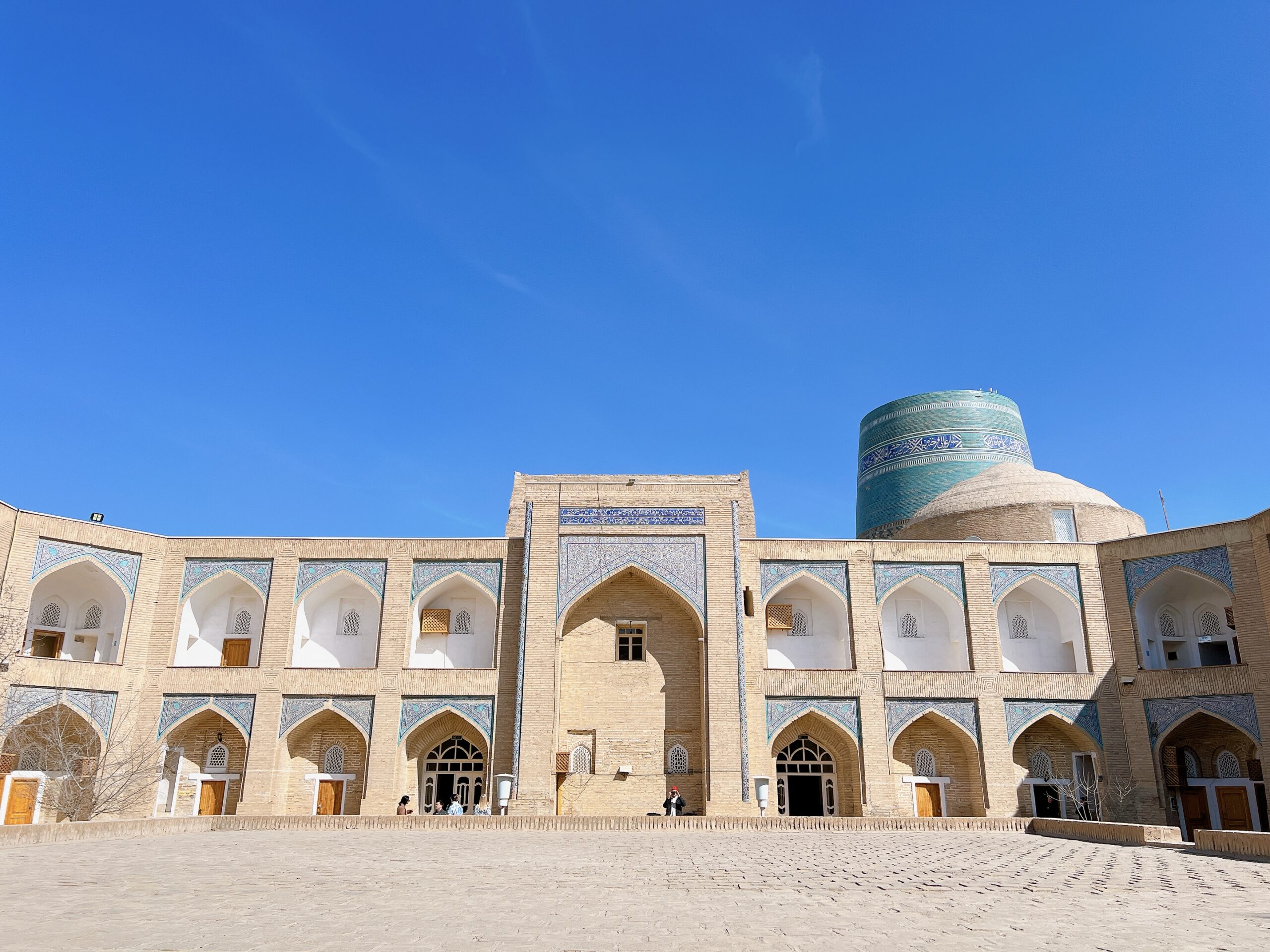
Tashkent is the capital and largest city of Uzbekistan, located in Central Asia. It has a rich history dating back thousands of years, with evidence of human habitation in the area dating as far back as the 5th century BC. Throughout its history, Tashkent has been an important cultural, economic, and political center in the region.
During the Soviet era, Tashkent experienced significant growth and modernization, becoming one of the main industrial and cultural hubs of Central Asia. However, it also faced challenges, including a devastating earthquake in 1966 that led to extensive reconstruction efforts.

After the dissolution of the Soviet Union in 1991, Tashkent became the capital of independent Uzbekistan. Since then, it has continued to develop as a key center for business, education, and culture in the region. Here are some of the places to visit in Tashkent. Since it is not a very big city and that most of it had been destroyed during an earthquake, it is advisable to spend about 1-2 days in this city.
Amir Timur Square: Named after the 14th-century conqueror, this large square features a statue of Amir Timur on horseback and is surrounded by government buildings and museums.

Chorsu Bazaar: One of the oldest markets in Tashkent, Chorsu Bazaar offers a vibrant atmosphere where you can find a variety of goods, including fresh produce, spices, clothing, and souvenirs. There are acres of spices arranged in mountains, Volkswagon-sized sacks of grain, entire sheds dedicated to candy, dairy products and bread. It is a delightful slice of city life spilling into the streets off Old Town’s southern boundary.

Kukeldash Madrasah: Built in the 16th century, this well-preserved madrasah is one of the largest in Central Asia. It features intricate tilework and serves as a reminder of Tashkent’s rich Islamic heritage.
Independence Square: Also known as Mustaqillik Maydoni, this central square is surrounded by important government buildings and monuments, including the Independence Monument and the Senate Building. Crowds would gather here to watch parades on Independence Day. The shiny white edifice on the west side of the square is the relatively new Senate building.
Tashkent Metro: Known for its stunning architecture and ornate decorations, the Tashkent Metro is a must-see attraction. Each station has its own unique design, showcasing mosaics, marble, and chandeliers.


Navoi Theater: Named after the 15th-century poet and statesman Alisher Navoi, this theater is renowned for its performances of opera, ballet, and classical music.

Tashkent TV Tower: Offering panoramic views of the city, the Tashkent TV Tower is one of the tallest structures in Central Asia. Visitors can take an elevator to the observation deck for breathtaking vistas. The price of admission gets you up to the 100m viewing platform. At 110m there is a revolving restaurant that serves a mediocre Russian set meal.

State Museum of History of Uzbekistan: Located in a grand Soviet-era building, this museum houses artefacts and exhibits detailing Uzbekistan’s rich history, from ancient times to the present day.
There are 4 floors in the museum. The first floor hosts an exhibition gallery for modern exhibitions of various themes held periodically. The exhibits on the second floor tell the history of Uzbekistan from the ancient times up to the Timurid era. It has Zoroastrian and Buddhist artefacts, including several 1st to 4th century Buddhas and fragments from the Fayoz-Tepe area near Termiz.
The third floor is occupied with exhibits of the period of three khanates of Uzbekistan history when its territory was divided between the three biggest feudal states: Khiva, Kokand and Bukhara emirate.


Tashkent Museum of Applied Arts: Housed in a beautifully restored 19th-century mansion, this museum showcases traditional Uzbek crafts, including ceramics, textiles, and woodwork. It was built in the 1930s, at the height of the Soviet period, but nonetheless serves as a sneak preview of the older architectural highlights of Bukhara and Samarkand.

Abulkasim Madrassah and Barak-Khan Madrassah: These two madrassahs are part of the architectural ensemble near Chorsu Bazaar, offering stunning examples of Islamic architecture.

Where to stay?
📍 Mirzo Boutique Hotel: Zarqaynar Street 4,
📍Grand Tashkent hotel (3-star): Abdulla Kahhor Lane VI
📍IPAK Hotel (3-star near some Korean restaurants): Яккасарайский район,ул.А.Каххора,6
📍Hotel Nur (Upmarket but affordable hotel): Rakatboshi 3A
📍Ramada Encore by Wyndham Tashkent (newly opened 4-star hotel in Jan 2024, quiet neighbourhood 1km from Tashkent railway station): Mironshox 7
📍Intercontinental Tashkent (5-star): Shakhrisabz Street 2
📍Hilton Tashkent City (5-star): 2, Islam Karimov Street Block 5


